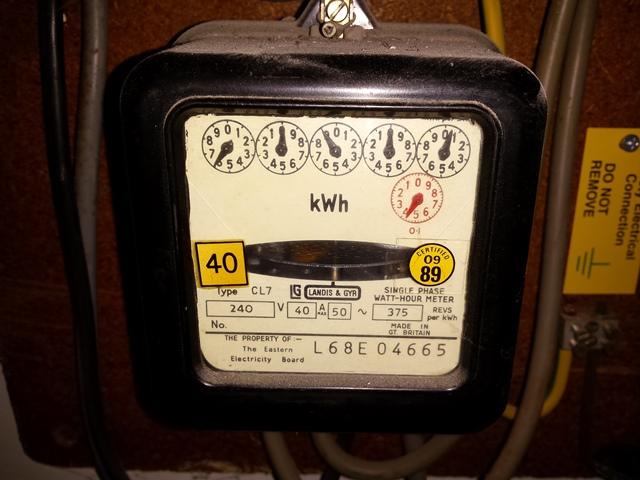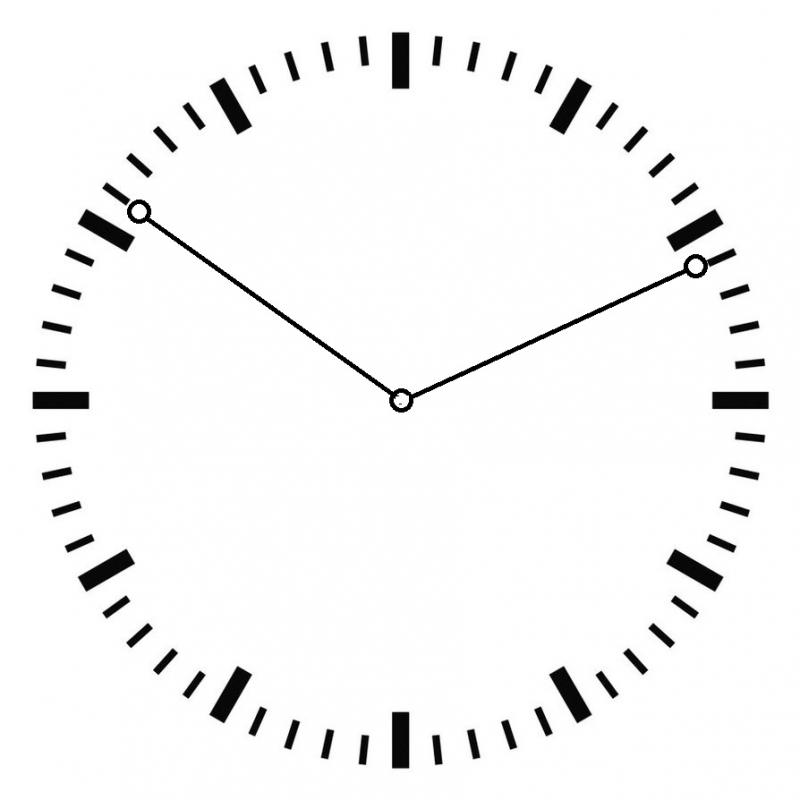You are using an out of date browser. It may not display this or other websites correctly.
You should upgrade or use an alternative browser.
You should upgrade or use an alternative browser.
Dial Electricity Meter Reading
- Thread starter vards01
- Start date
Sponsored Links
This was one of the numbers I came up with but following the guidance:
"If the pointer is exactly on a number, write it down and underline it
If any of the underlined numbers you have written down are followed by a 9, you will need to take one away from the number you’ve underlined"
"If the pointer is exactly on a number, write it down and underline it
If any of the underlined numbers you have written down are followed by a 9, you will need to take one away from the number you’ve underlined"
That will make it 59900 which I would say it is."If the pointer is exactly on a number, write it down and underline it.
If any of the underlined numbers you have written down are followed by a 9, you will need to take one away from the number you’ve underlined"
Sponsored Links
Well, if that's what they say.This was one of the numbers I came up with but following the guidance:
"If the pointer is exactly on a number, write it down and underline it
If any of the underlined numbers you have written down are followed by a 9, you will need to take one away from the number you’ve underlined"
Personally, when I look at this:

I think it's bonkers to say that it is not reading
6 0 9 0 0 (.42{something})
Also, their rule is actually impossible to implement. When they talk about "numbers" it is clear that they mean the individual number pointed to on each dial.
Which is really a digit.
60900 is a number, and it consists of 5 digits: 6, 0, 9, 0 & 0.
So how do you take 1 away from a digit which is zero, when they do not define any underflow rule?
Because:
The last three digits are definitely 900.
If it were 60900 at present, then when the middle dial (9) moves to '0' - another 100 - that would mean it would then be 60000 - obviously wrong.
Therefore it must now be 59900 so that the middle dial moving to '0' will progress it to 60000.
The last three digits are definitely 900.
If it were 60900 at present, then when the middle dial (9) moves to '0' - another 100 - that would mean it would then be 60000 - obviously wrong.
Therefore it must now be 59900 so that the middle dial moving to '0' will progress it to 60000.
If you have the last two meter readings then you have an idea of how many units are used each between readings. Then you can use that information to work out an approximate value for how many units will have been used since the last reading. Add that to the last reading to get an approximate values for this reading and then use the nearest of the two possible interpretations of the digits as the actual reading.
Which pointers do we think are exactly on a digit?
- Joined
- 11 Jan 2004
- Messages
- 42,732
- Reaction score
- 2,632
- Country

Just put me microwave popcorn in... 
When we remember that these things are mechanical, analogue and continuous in their movement, I don't think it really matters in terms of the answer (as opposed to the 'instructions'!) - given that it's apparent that the first four dials are extremely close to being 'exactly on a digit'.Which pointers do we think are exactly on a digit?
EFLI's argument, based on 'what happens next' is surely the correct one. When the third (100s) dial has moved to zero (indicating 100 units more usage), after a fair bit of spinning of the fourth and fifth dials, the second (1,000s) one will have moved fractionally forwards (but not to anywhere near "1") and the first (10,000s) will have moved fractionally forwards (but to nowhere near "7"). The reading then will presumably be 60,000. So, as EFLI says, that surely means that the reading now must be 59,900 ?
Kind Regards, John
That obviously depends a lot on which is meant to be the hour hand and which the minutes handWhat time is it?
In the "9 minutes to 2/3" scenario, a situation such as you depict is actually impossible in a correctly designed and functioning watch/clock- i.e. one can't have the hour hand at only ~12 mins past the hour if the minutes hand is at 51 mins past the hour. For the other scenario (about "11 minutes past 10"), the positions of the hands are very close to being correct.
Kind Regards, John
OK, I'm happy with that.it's apparent that the first four dials are extremely close to being 'exactly on a digit'.
Which means we underline the first 4 digits.
Then, when we follow the rule "If any of the underlined numbers you have written down are followed by a 9, you will need to take one away from the number you’ve underlined", do we not end up with this:

Indeed we do. I think what those instructions have forgotten to add is that if, using their rules, "taking one away from the number you've underlined" results in turning a 0 into a 9, then one has to 'carry' that subtraction to the left - so that the answer would become 59,900 and not the 69,990 one would get (per your illustration) if one only followed the bit of their instructions which they have actually chosen to tell people about!OK, I'm happy with that. ... Which means we underline the first 4 digits. ... Then, when we follow the rule "If any of the underlined numbers you have written down are followed by a 9, you will need to take one away from the number you’ve underlined", do we not end up with this:it's apparent that the first four dials are extremely close to being 'exactly on a digit'.
If the "taking one away from the number you've underlined" is applied to any figure other than 0, then their stated method works OK.
Kind Regards, John
DIYnot Local
Staff member
If you need to find a tradesperson to get your job done, please try our local search below, or if you are doing it yourself you can find suppliers local to you.
Select the supplier or trade you require, enter your location to begin your search.
Please select a service and enter a location to continue...
Are you a trade or supplier? You can create your listing free at DIYnot Local
Sponsored Links
Similar threads
- Replies
- 2
- Views
- 906


